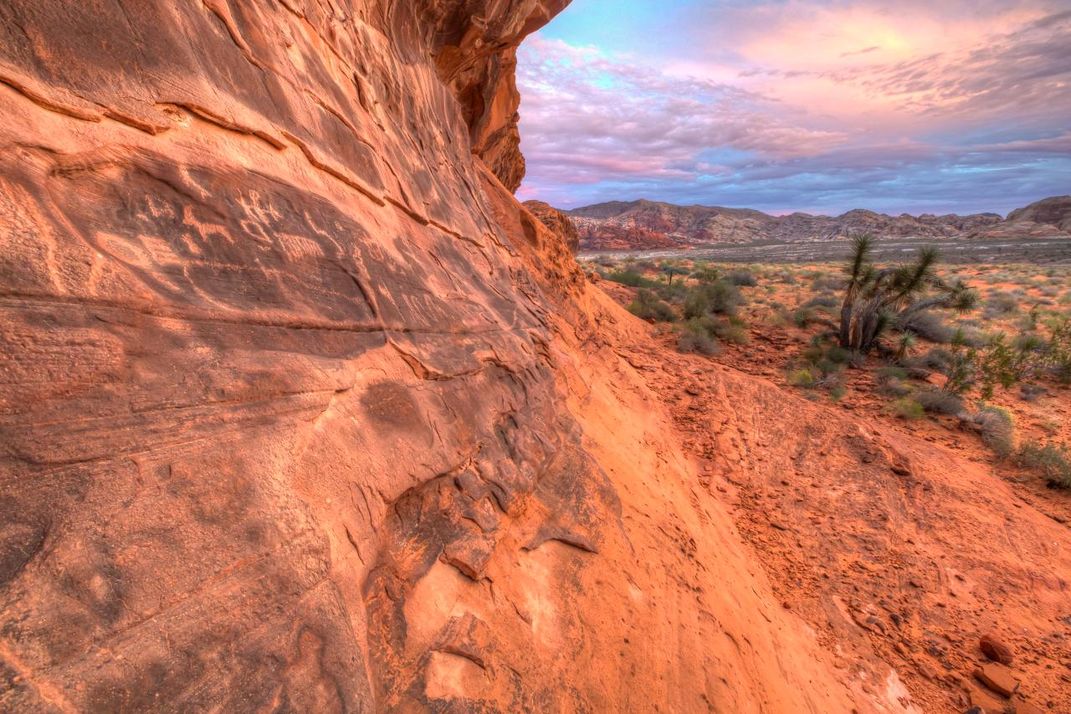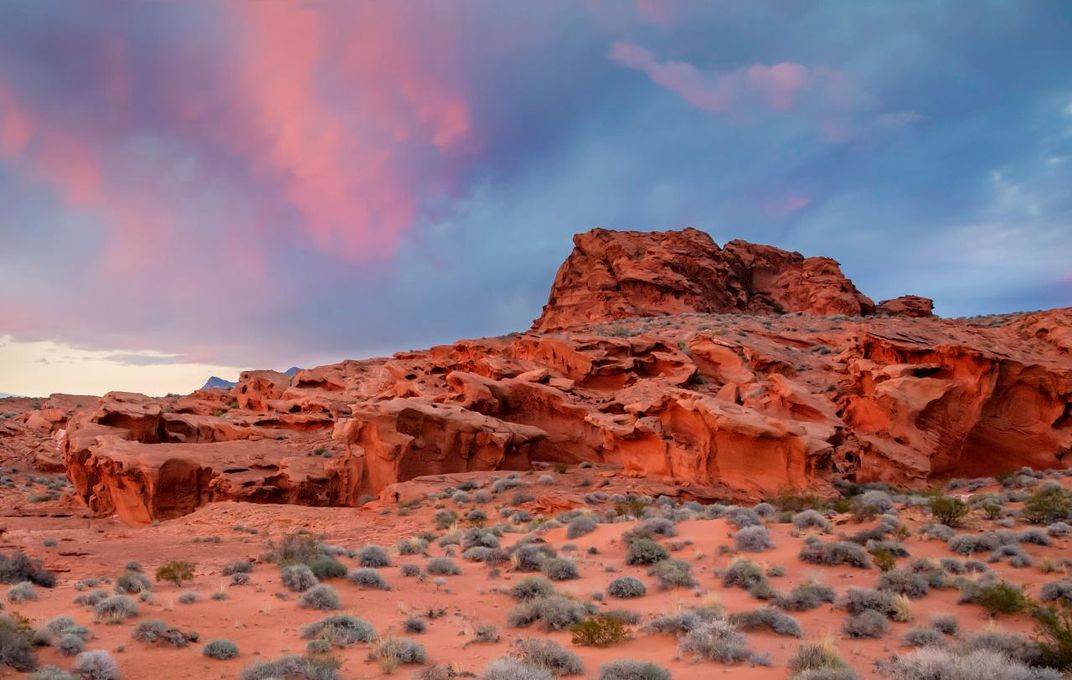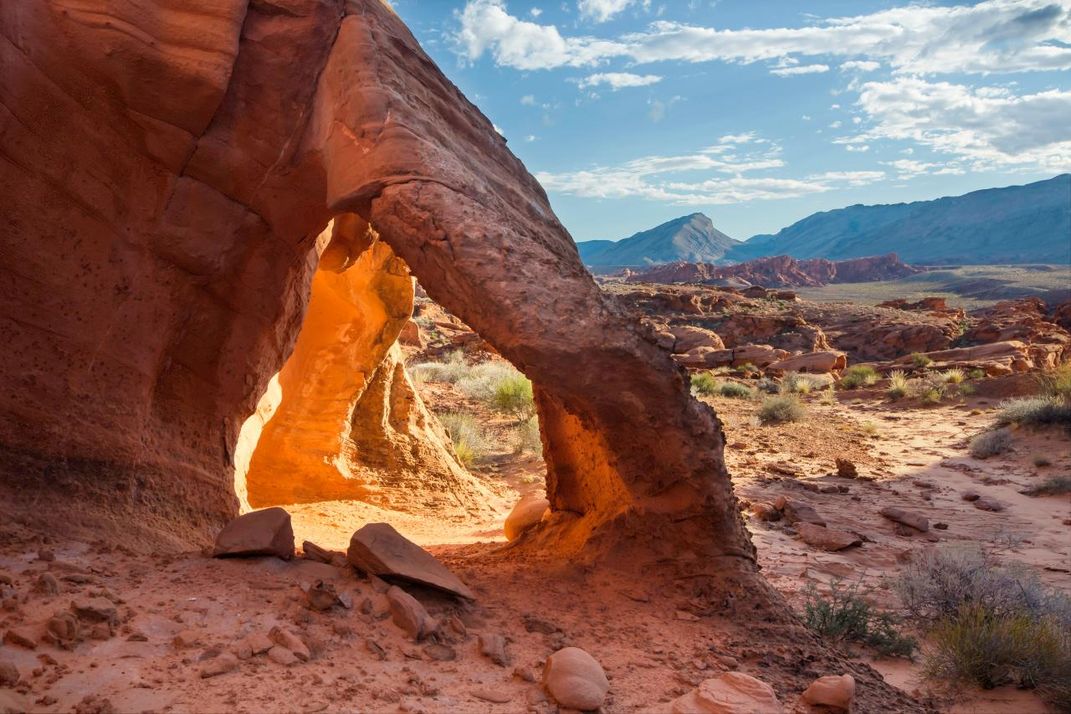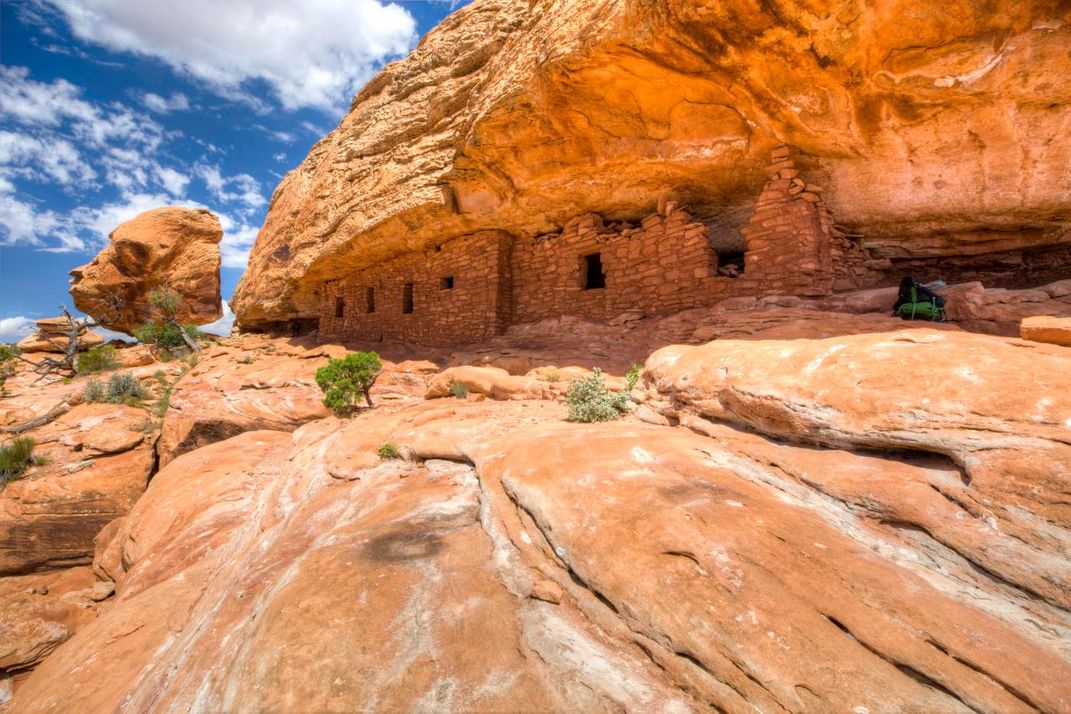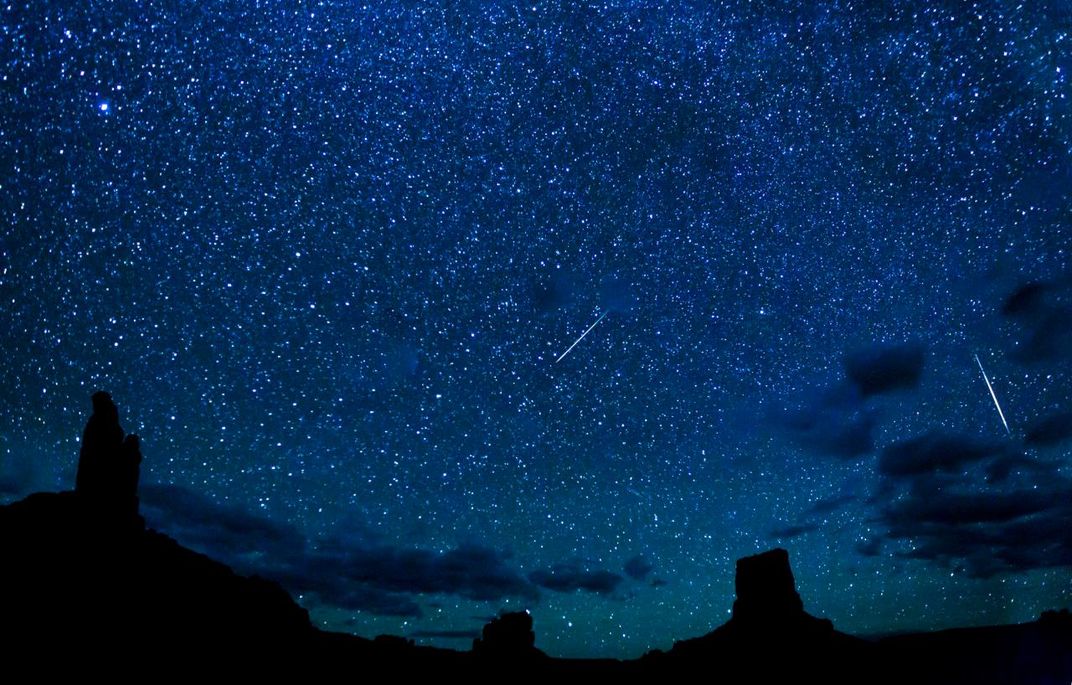What Is Bears Ears National Monument?
The Department of Interior will make a recommendation about the land’s fate in early June
Yesterday, President Obama declared two new sections of federal land national monuments. According to Coral Davenport at The New York Times, the new monuments are a 1.35 million-acre swath of southeastern Utah known as Bears Ears and 300,000 acres of Gold Butte, a mountainous section of rugged Mojave desert adjacent to Grand Canyon-Parashant National Monument in southern Nevada.
Davenport reports that efforts to protect the Bear’s Ears Buttes began in 1936, when Interior Secretary Harold Ickes first proposed the monument. Pressure to protect Gold Butte began in 2008 when environmentalists teamed up with the Navajo nation and other local Native American tribes to protect an area that is important to their history and culture. The new monument will include a tribal commission that will advise the managers of the new monument, a first in the national monuments system. “This is an exciting day for Navajo Nation. We have always looked to Bears Ears as a place of refuge, as a place where we can gather herbs and plants and as a place of sacredness,” Russell Begaye, president of the Navajo Nation tells Davenport. “It is a place of safety and fortitude. It is a place where our ancestors hid and survived from U.S. cavalry during the Long War.”
Not everyone is as enthusiastic about the designations. Timothy Cama at The Hill reports that Utah’s attorney general Sean Reyes plans on filing a lawsuit to Bears Ears, releasing a statement saying, “My office is working closely with the governor’s office, federal and state legislators, and San Juan County to file a lawsuit challenging this egregious overreach by the Obama administration.”
Reyes also says the Utah delegation is looking into ways to defund the new monument or find a way to stop or delay the designation once the new administration takes office.
But reversing a National Monument designation would be difficult. Though Congress does have the power to overturn a designation, it’s unlikely that a president does. “No President has ever abolished or revoked a national monument proclamation, so the existence or scope of any such authority has not been tested in courts,” legislative attorney Alexandra Wyatt writes in paper about National Monuments released by Congressional Research Service in November. “However, some legal analyses since at least the 1930s have concluded that the Antiquities Act, by its terms, does not authorize the President to repeal proclamations, and that the President also lacks implied authority to do so.”
These latest designations puts the amount of public land protected by the Obama administration as monuments, parks or wilderness areas at approximately 553 million acres of land and water, the largest amount of any presidential administration in history, reports Davenport.
